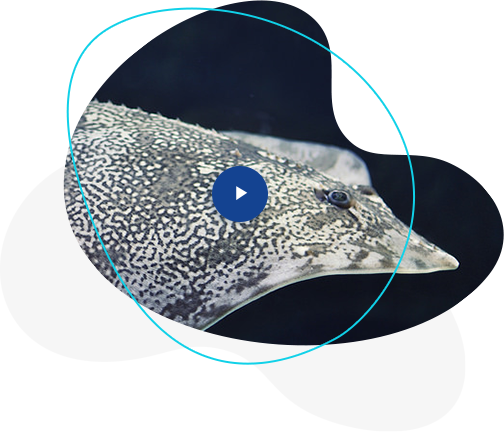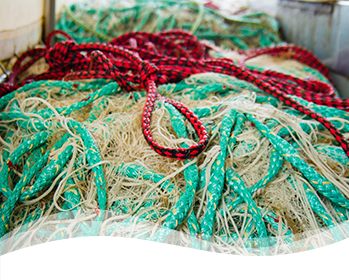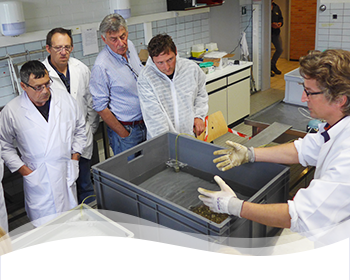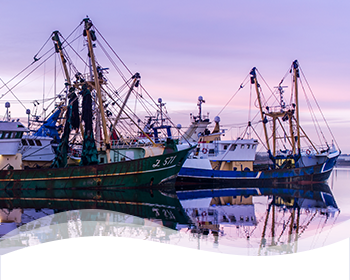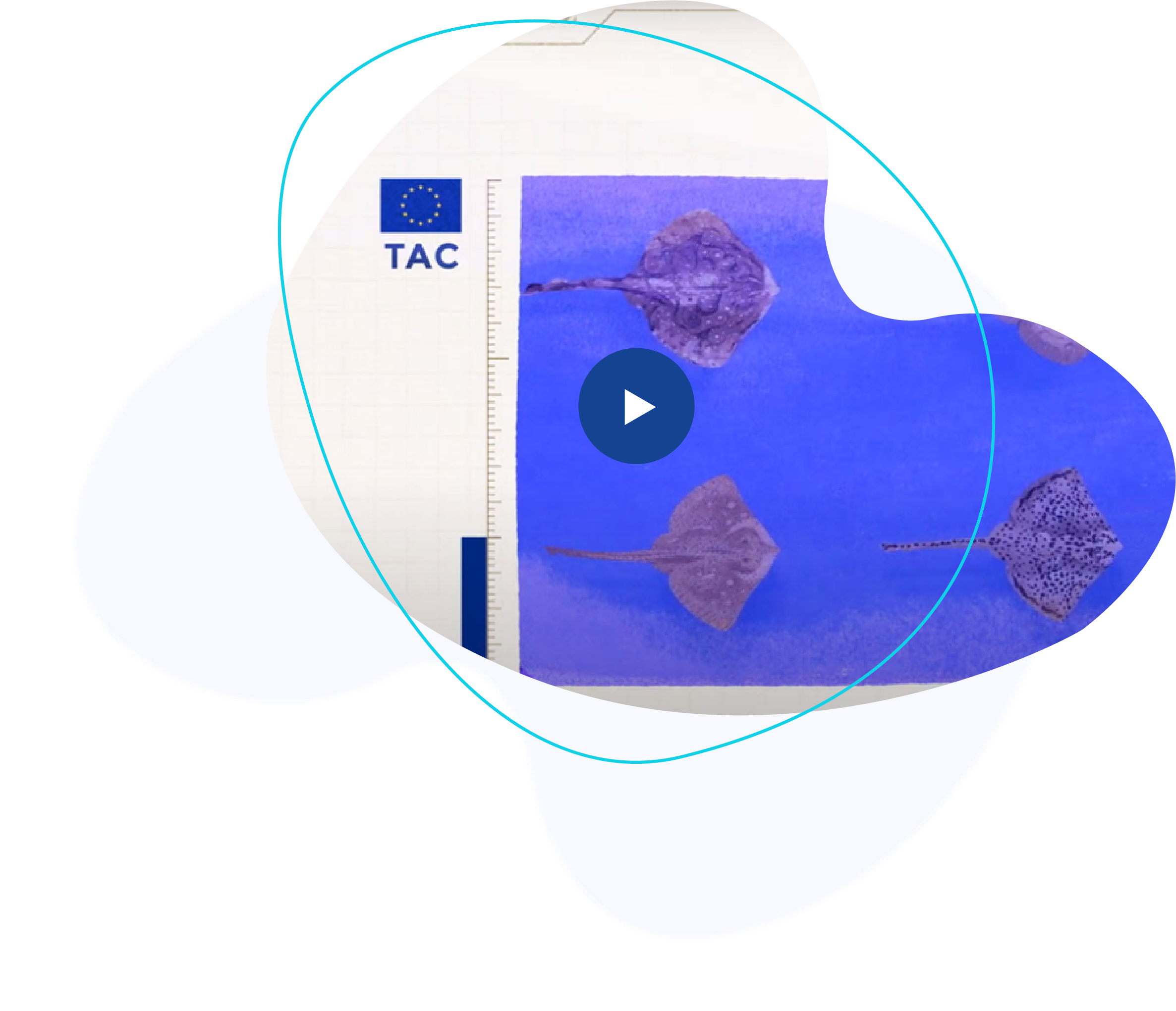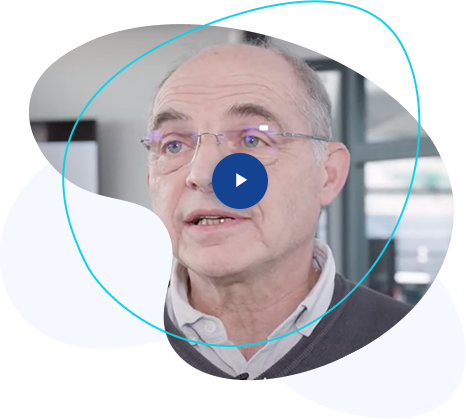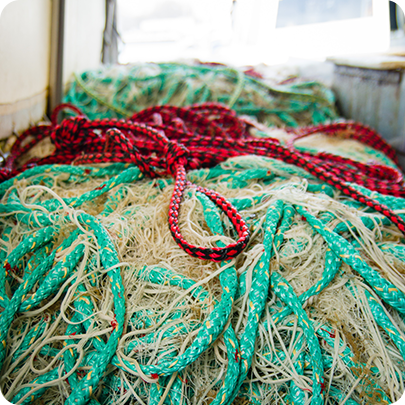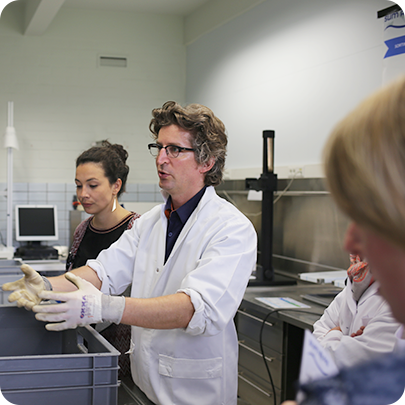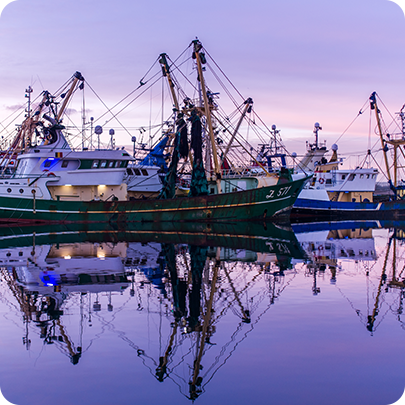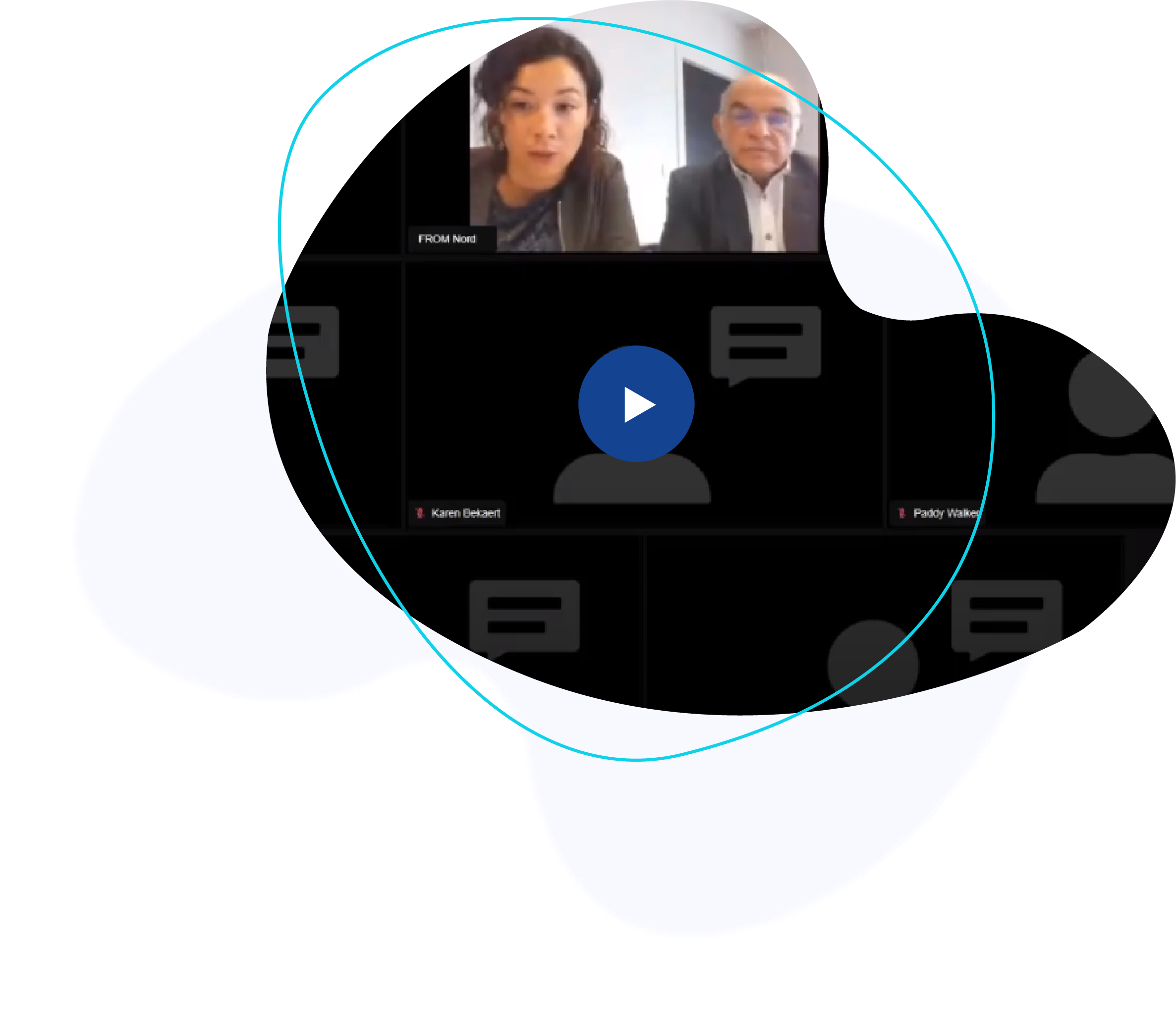Coordinated by FROM Nord, and funded by the INTERREG 2 Seas programme, the SUMARiS project aims at a common and European management of rays and skates, taking into account the Landing Obligation, improving scientific knowledge and encouraging good practices among fishermen.
Fishermen in the Eastern Channel and North Sea fish for a wide variety of species. A TAC (Total Allowable Catch) was introduced for skates in 2009 and includes several species. Due to a lack of knowledge, the setting of the TAC is subject to a precautionary approach. In addition, as part of the Landing Obligation (LO), fishermen must, since January 1 2019, bring back to shore the caught fish. Exemptions to LO exist, in particular if a high survival rate has been demonstrated for the species concerned. One of the objectives of the project was to prove the high survival rate of the rays and thus guarantee the conservation of the survival exemption.
Among these species studied, thornback ray is the most captured in the area of the 2 Seas.

